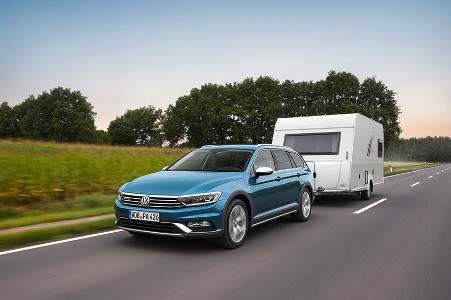
The traffic rules describe how a road user must act on the public road, which includes obligations but also advice on how to drive sensibly and safely. All road users must know and apply the traffic rules.
By road users we mean everyone who uses the public road.
A pedestrian is a person travelling on foot, whether walking or running. In modern times, the term usually refers to someone walking on a road or footpath. Because pedestrians are not protected by their vehicle they are classified as vulnerable road users, especially children, elderly and persons with disabilities.
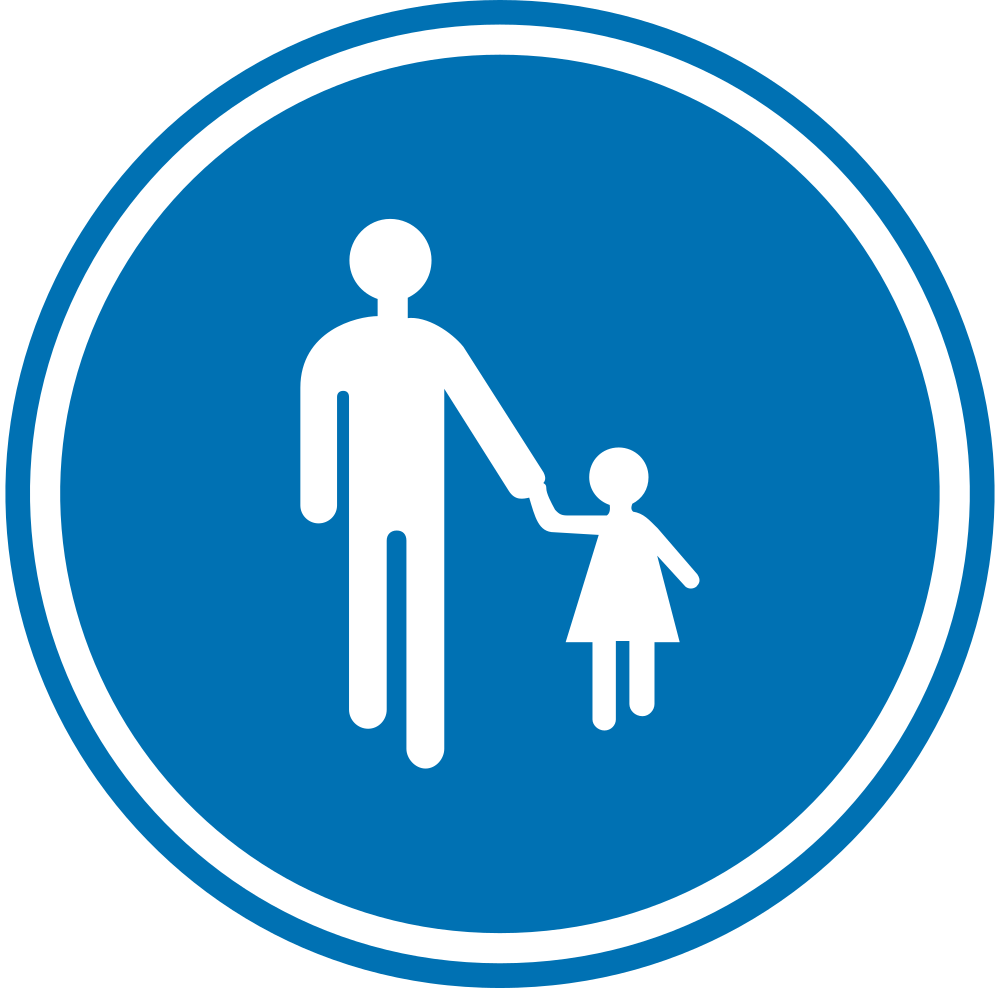 Mandatory path for pedestrians.
Mandatory path for pedestrians.
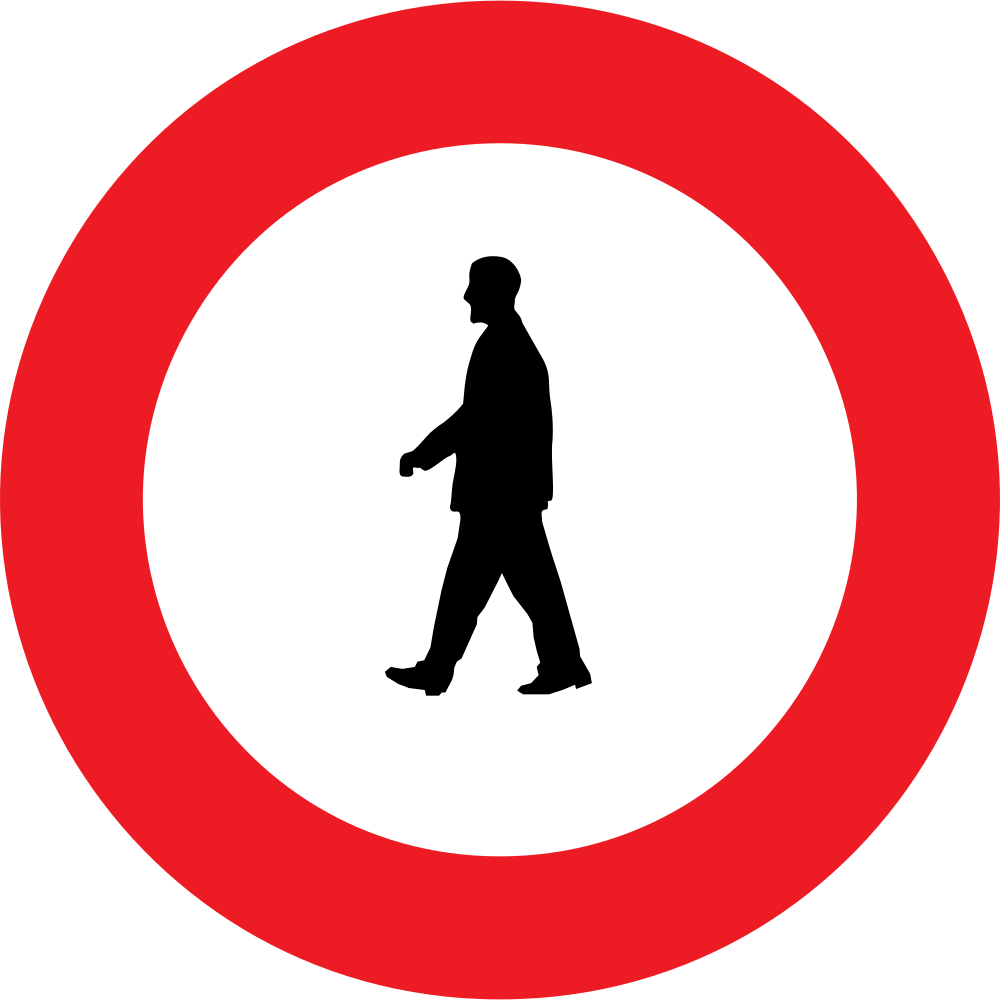 Pedestrians prohibited.
Pedestrians prohibited.
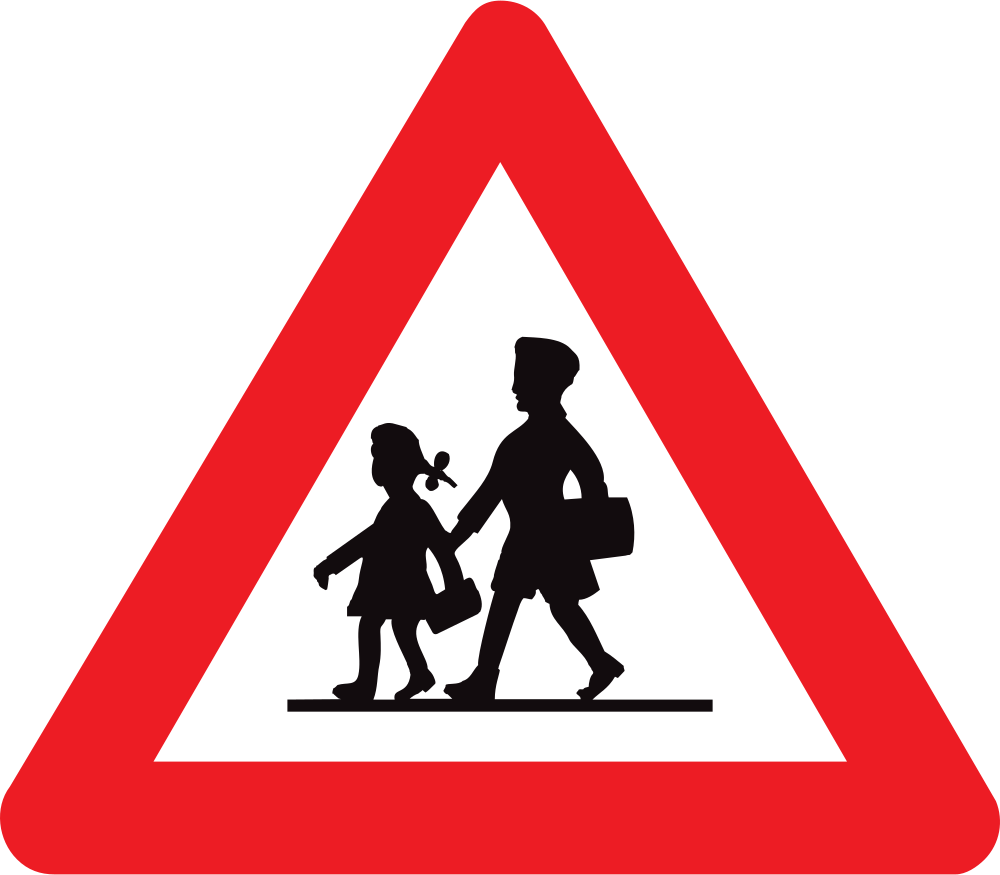 Warning for children.
Warning for children.
 Warning for a crossing for pedestrians.
Warning for a crossing for pedestrians.
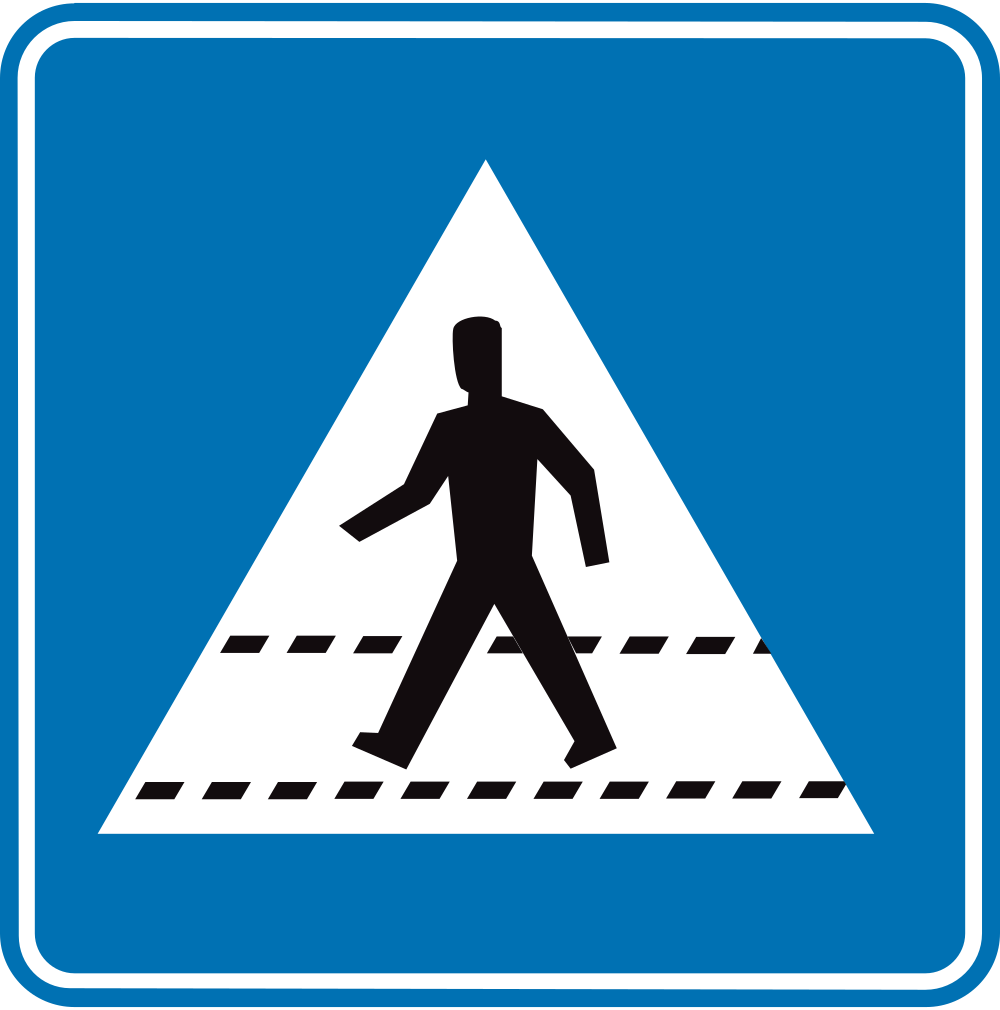 Crossing for pedestrians.
Crossing for pedestrians.
A cyclist is a road user who moves with the bicycle in traffic. If there is no bike path, they drive on the road with other traffic. Respect for each other contributes to safe and smooth traffic. Important safety features are bicycle lighting, helmet and a bell.
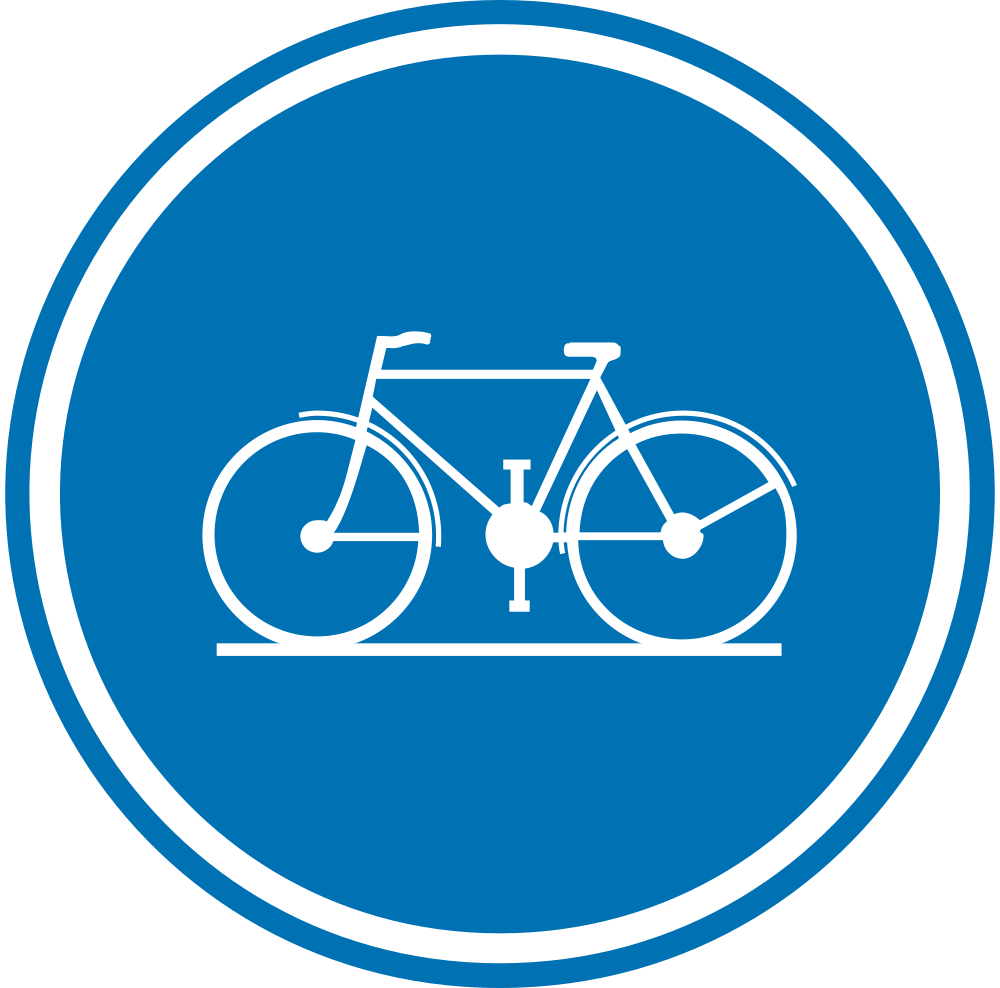 Mandatory path for cyclists.
Mandatory path for cyclists.
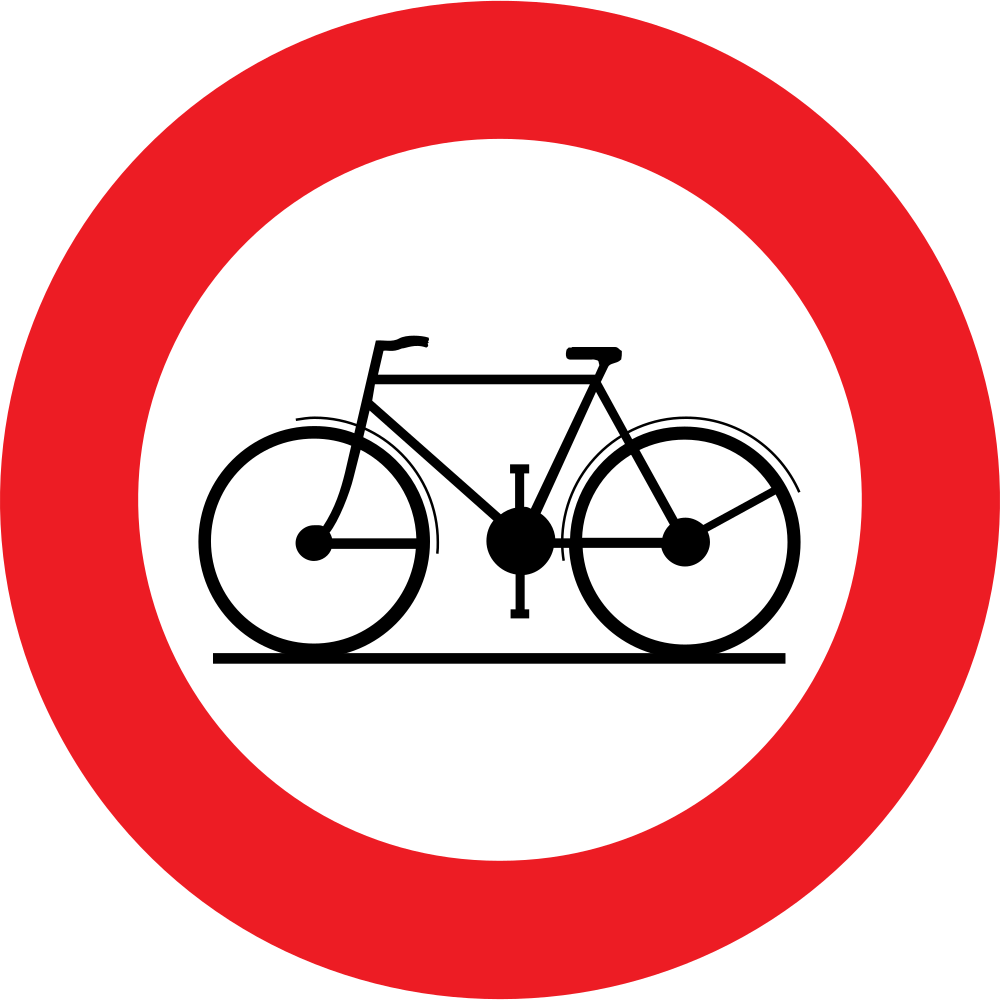 Cyclists prohibited.
Cyclists prohibited.
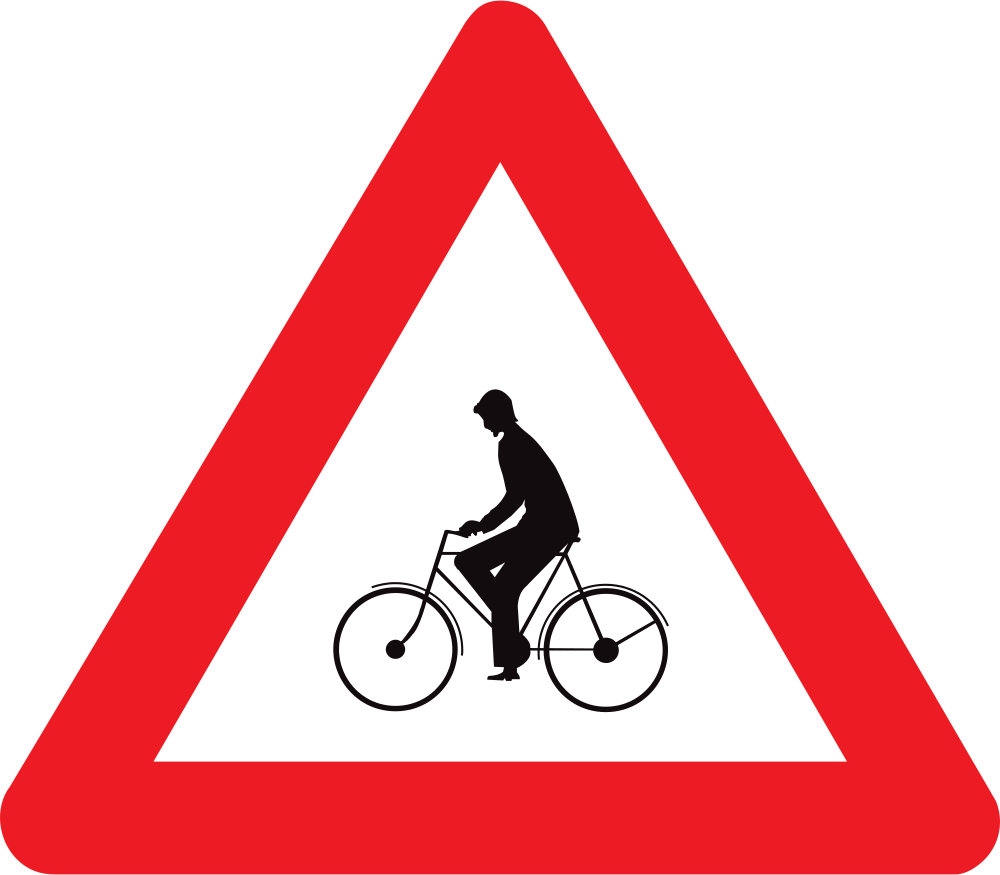 Warning for cyclists.
Warning for cyclists.
Mopeds are road users who move with the moped in traffic. Generally having a less licensing requirement than a full motorcycle.
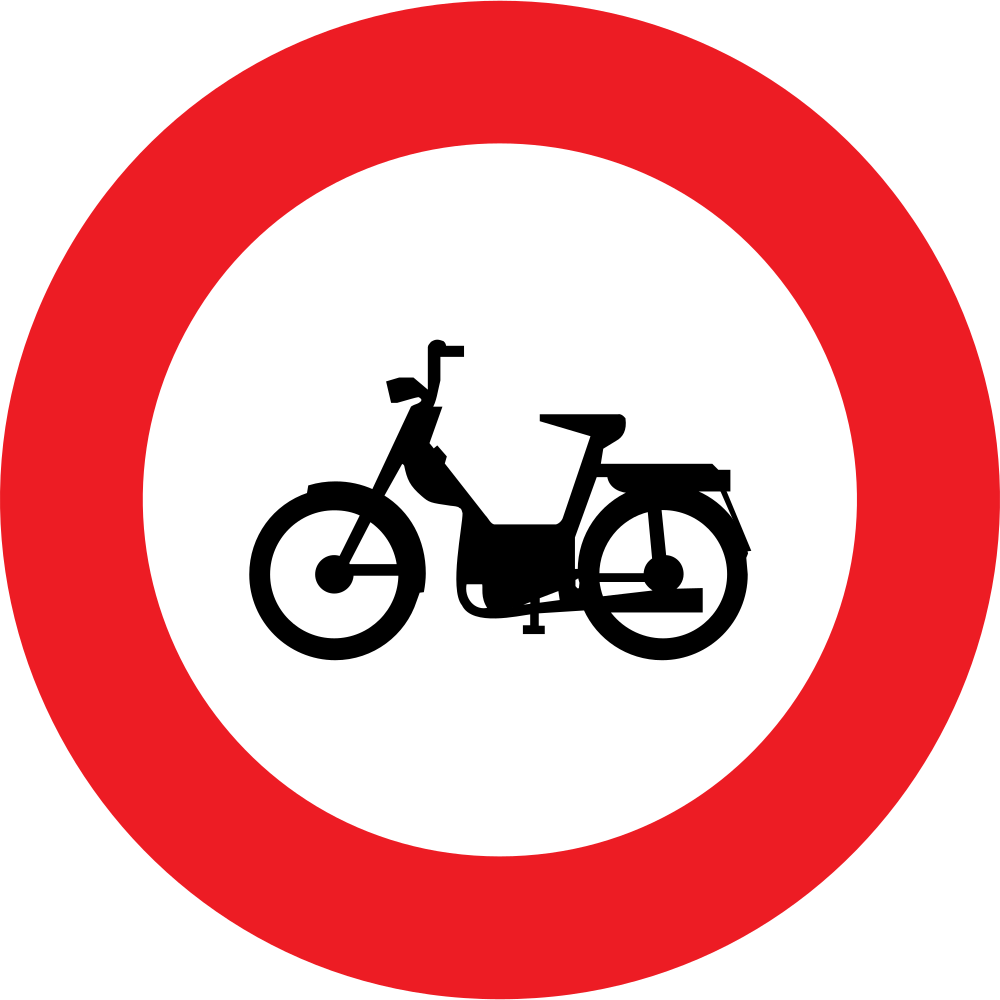 Mopeds prohibited.
Mopeds prohibited.
 You must wear a helmet on a moped, protective clothing is recommended.
You must wear a helmet on a moped, protective clothing is recommended.
A motorcyclist is a road user who moves with a motorcycle in traffic. Motorcycles have a higher rate of fatal accidents than cars, trucks or buses. Many countries mandate the wearing of protective equipment such as protective clothing and a helmet.
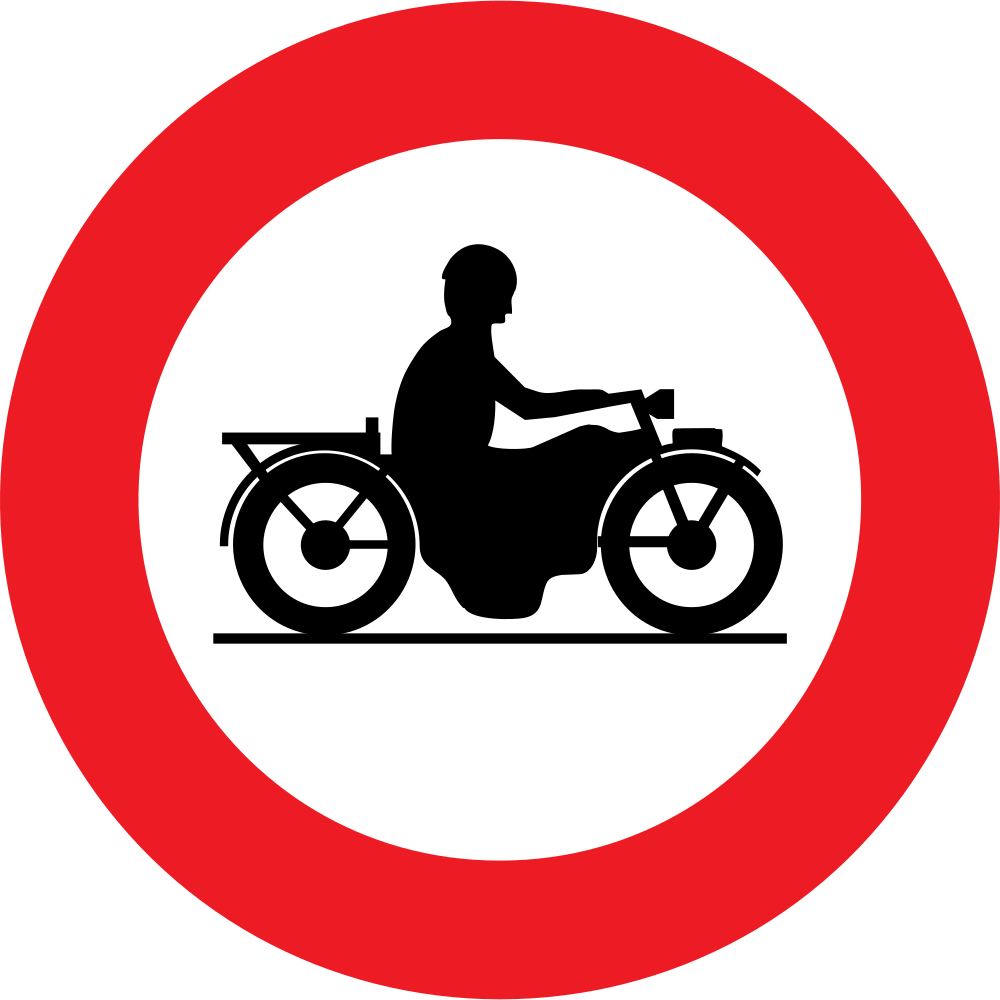 Motorcycles prohibited.
Motorcycles prohibited.
 The driver of a motorcycle needs a driving license A.
The driver of a motorcycle needs a driving license A.
A car or automobile is a wheeled motor vehicle used for transportation. Basically a car drives primarily on roads, seats one to eight people, has four tires, and mainly transport passengers rather than goods. Cars have controls for driving, parking, comfort and a variety of lights. Over the decades additional features have been added, making them more complex but also more reliable.
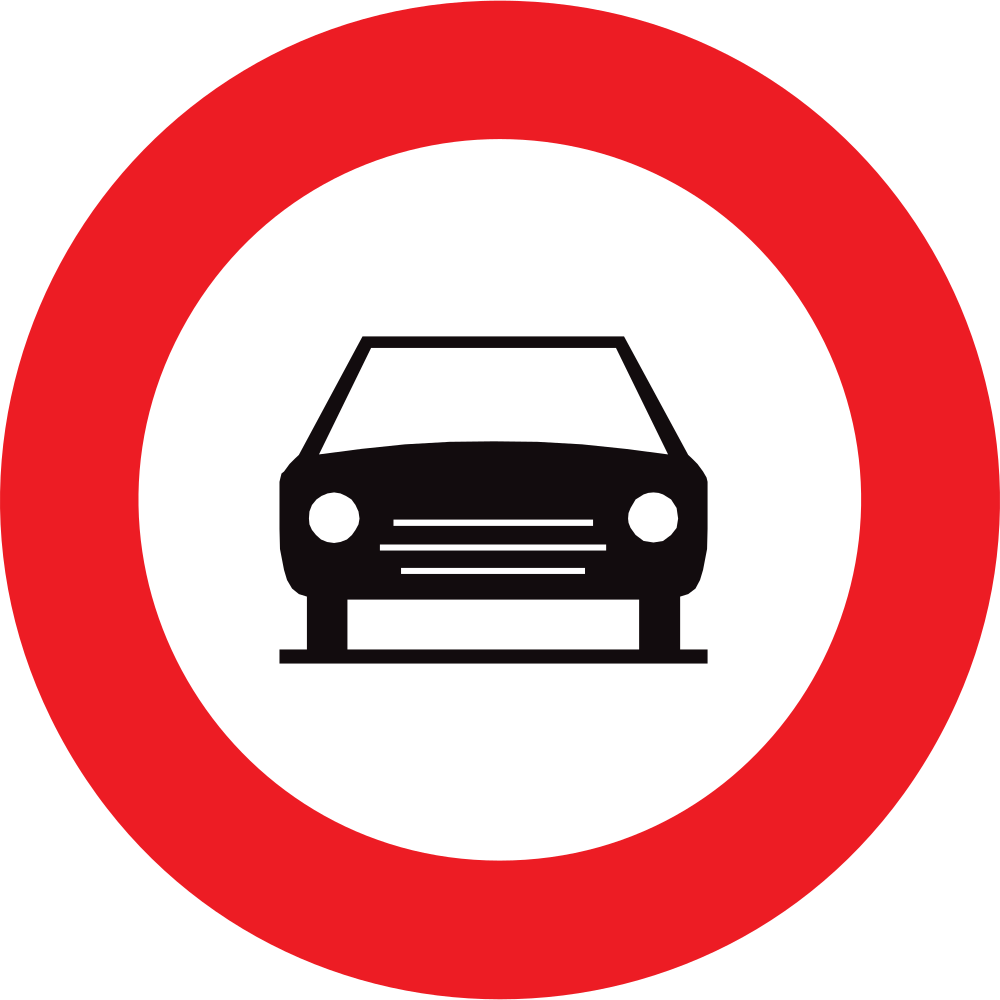 Cars prohibited.
Cars prohibited.
 The driver of a car needs a driving license B.
The driver of a car needs a driving license B.
A truck or lorry is a motor vehicle designed to transport cargo. Trucks vary greatly in size, power, and configuration; smaller varieties may be mechanically similar to some automobiles. Commercial trucks can be very large and powerful and may be configured to be mounted with specialized equipment.
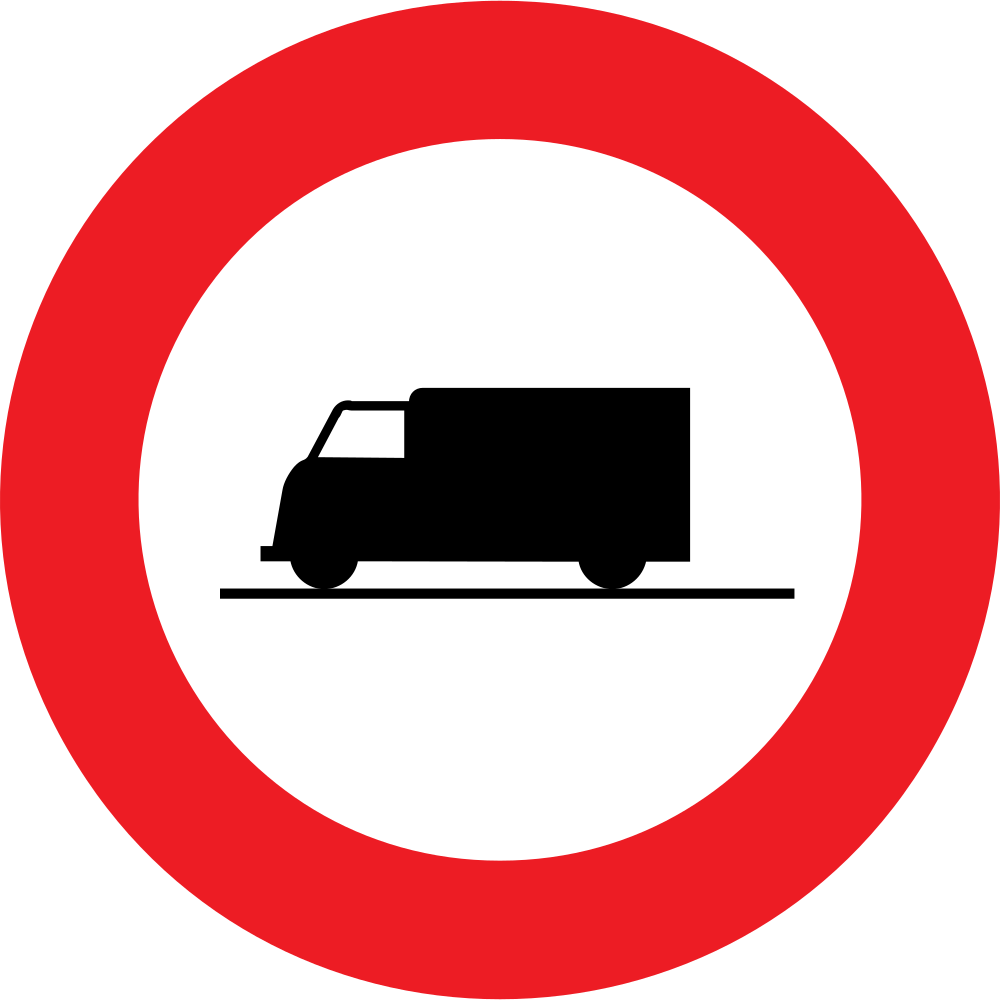 Trucks prohibited.
Trucks prohibited.
 The driver of a truck needs a driving license C.
The driver of a truck needs a driving license C.
A bus is a vehicle intended for the transportation of people. Buses can have a capacity as high as 300 passengers. The most common type is the single-deck rigid bus, with larger loads carried by double-decker and articulated buses, and smaller loads carried by midibuses and minibuses while coaches are used for longer-distance services.
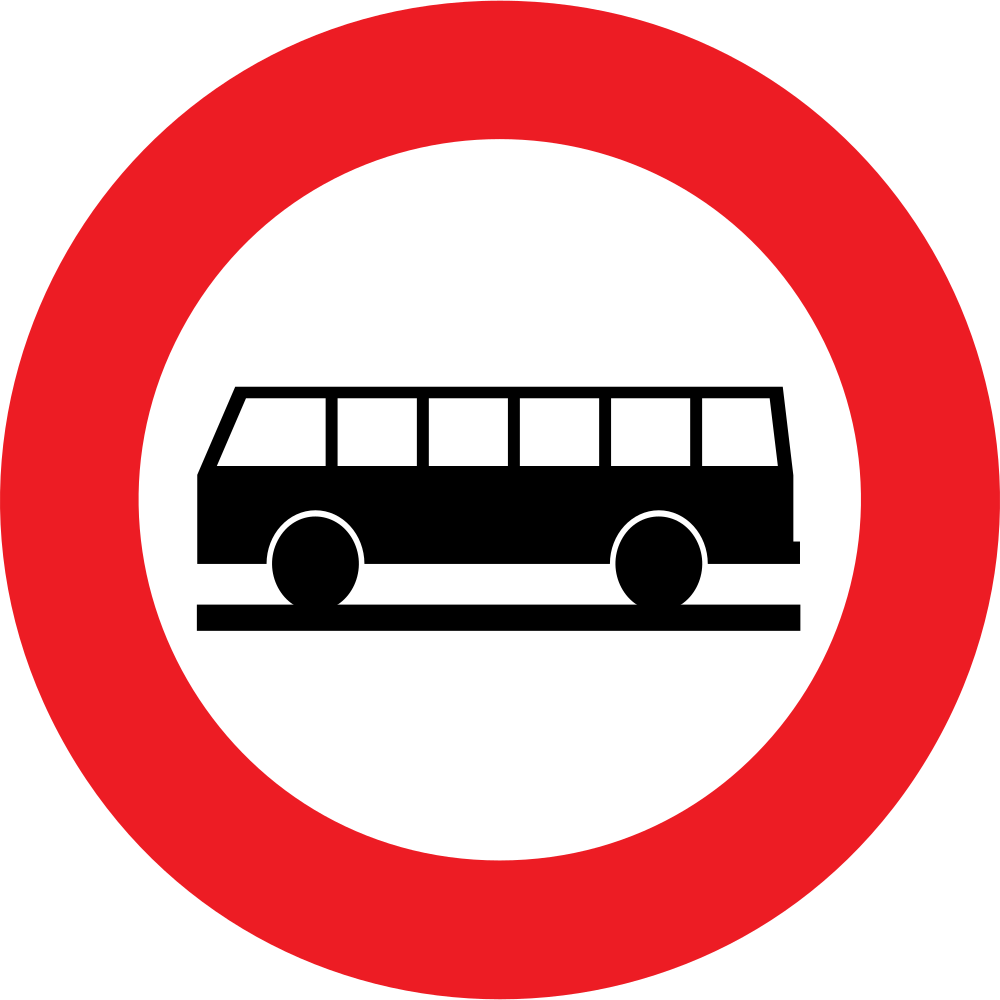 Buses prohibited.
Buses prohibited.
 In Belgium, public transport is organized by: De Lijn (Flanders), STIB-MIVB (Brussels) and TEC (Wallonia).
In Belgium, public transport is organized by: De Lijn (Flanders), STIB-MIVB (Brussels) and TEC (Wallonia).
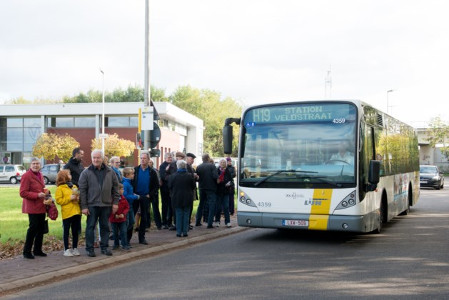 A bus stop is a place where buses stop for passengers to get on and off.
A bus stop is a place where buses stop for passengers to get on and off.
A tram is a rail vehicle that runs on tramway tracks along public urban streets. The lines or networks operated by tramcars are called tramways. Tram vehicles are usually lighter and shorter than main line and rapid transit trains. Today, most trams use electrical power, usually fed by a pantograph sliding on an overhead line.
 Warning for trams.
Warning for trams.
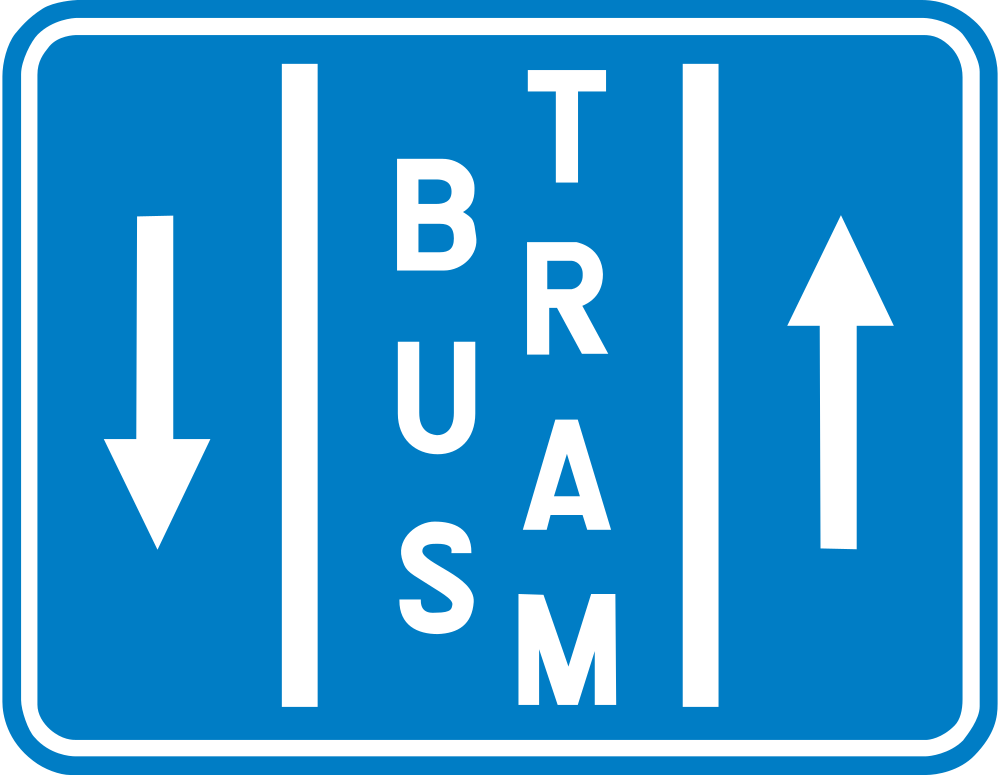 Lane for buses and trams.
Lane for buses and trams.

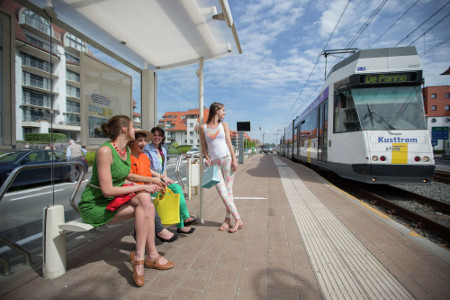
A train is a form of rail transport consisting of a series of connected vehicles that generally run along a railroad (or railway) track to transport passengers or cargo.
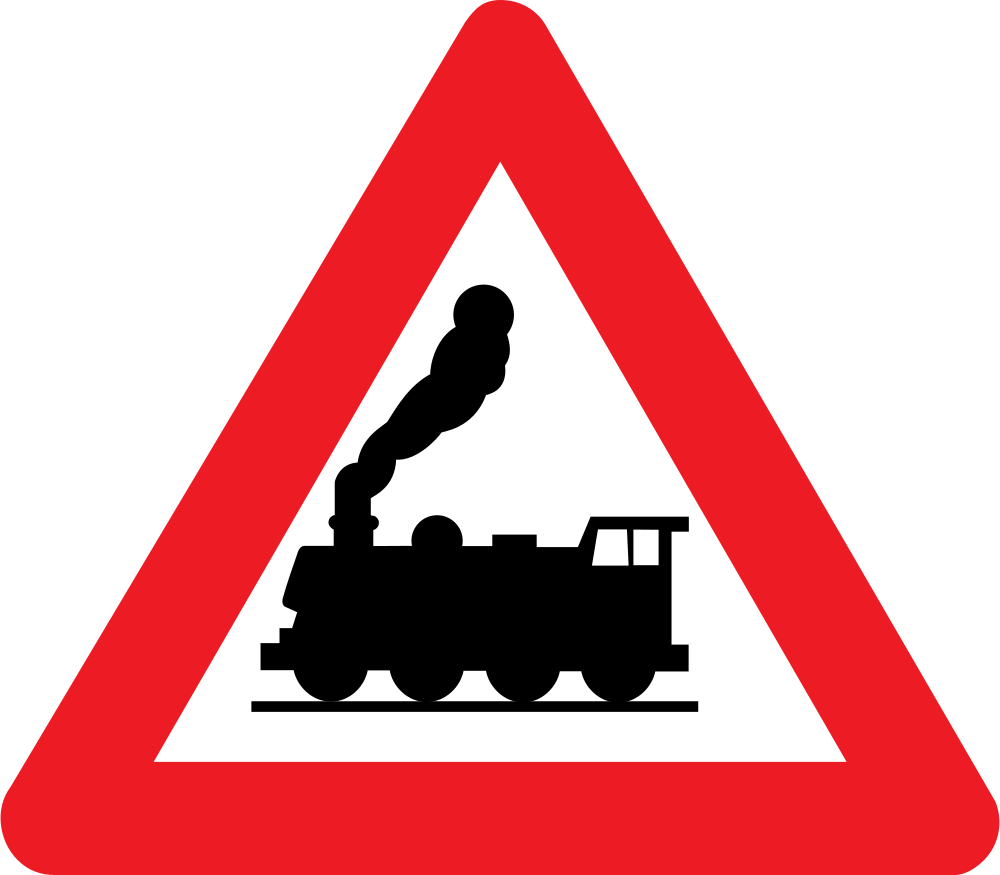 Warning for a railroad crossing without barriers.
Warning for a railroad crossing without barriers.
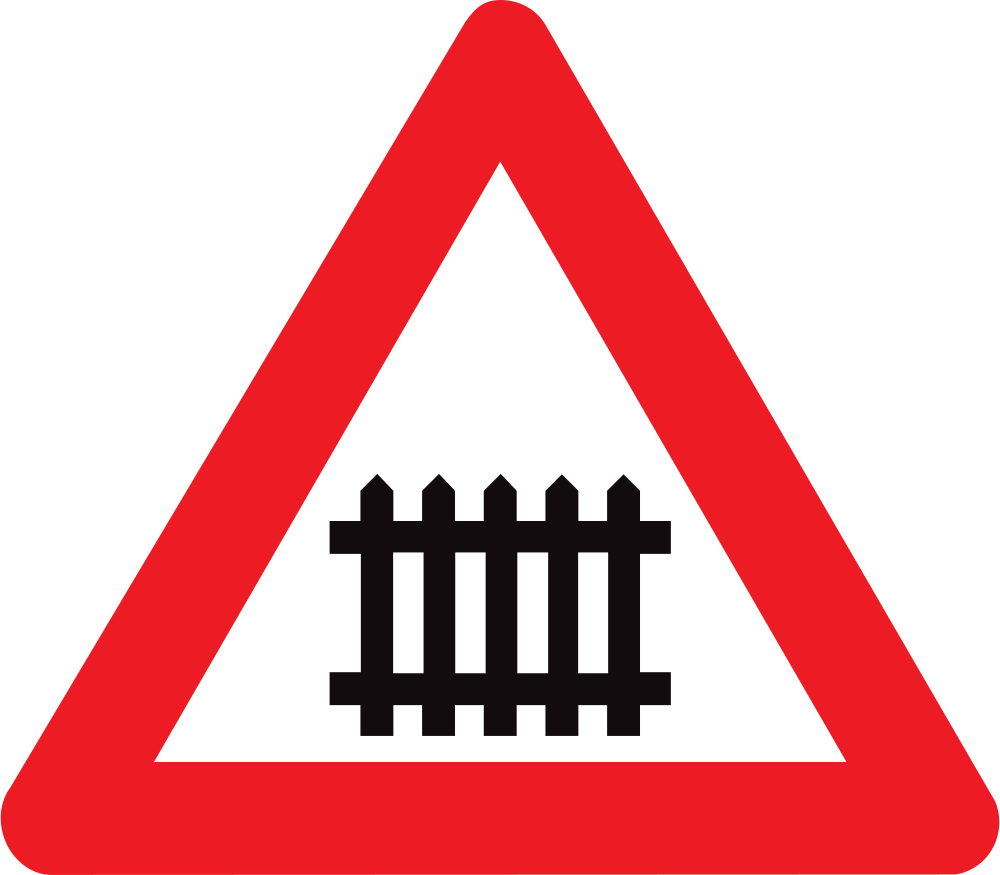 Warning for a railroad crossing with barriers.
Warning for a railroad crossing with barriers.
 Warning for a railroad crossing with 1 railway.
Warning for a railroad crossing with 1 railway.
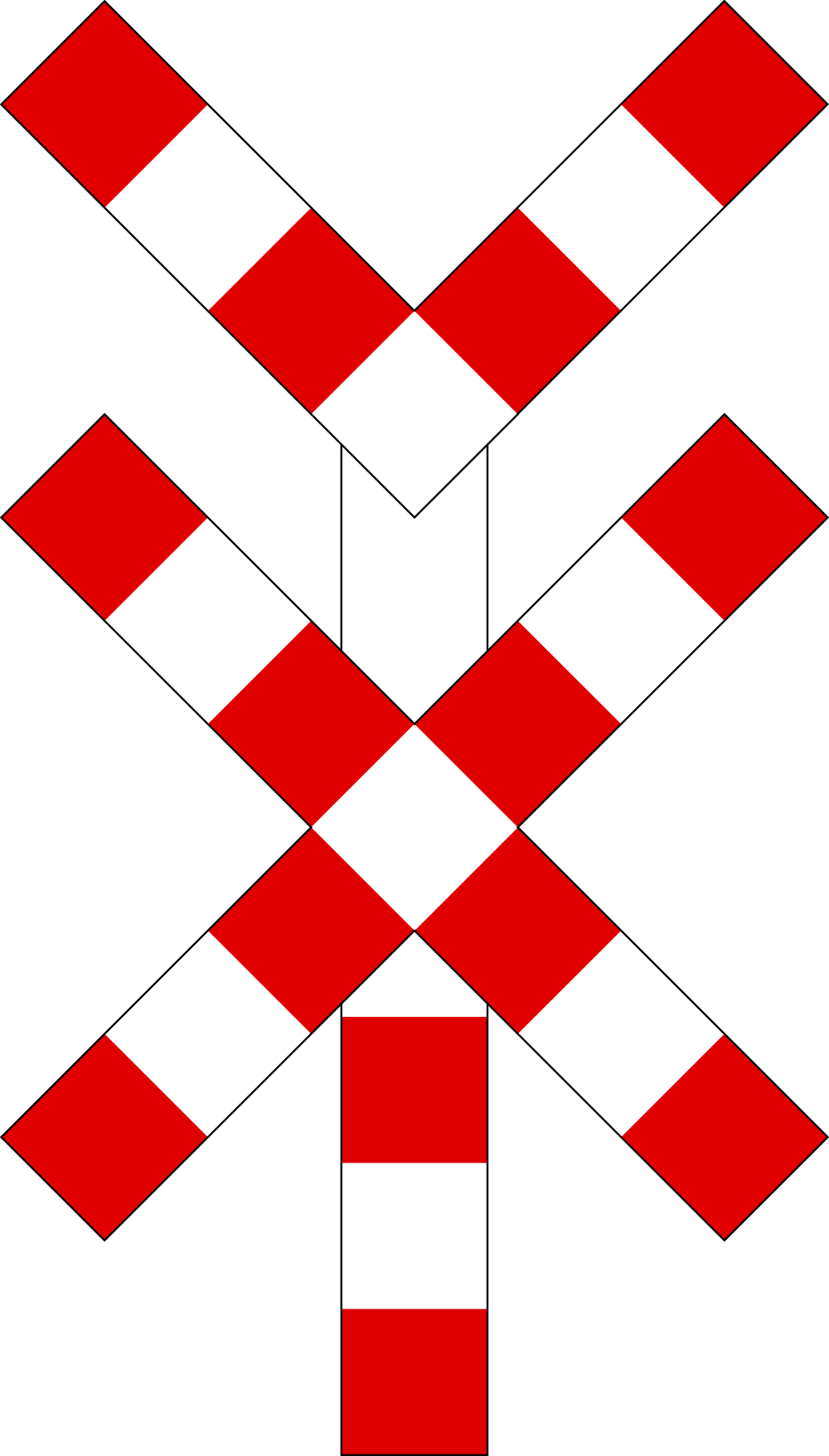 Warning for a railroad crossing with more than 1 railway.
Warning for a railroad crossing with more than 1 railway.
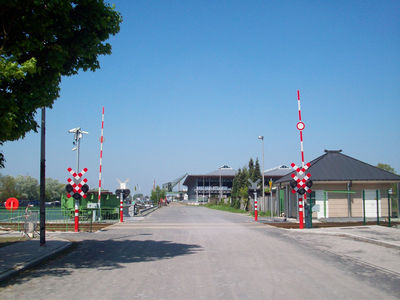
A tractor is an engineering vehicle specifically designed to deliver a high tractive effort (or torque) at slow speeds, for the purposes of hauling a trailer or machinery such as that used in agriculture or construction. Most commonly, the term is used to describe a farm vehicle that provides the power and traction to mechanize agricultural tasks.
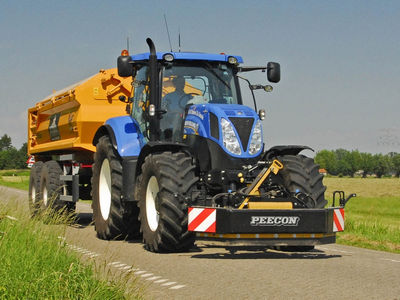
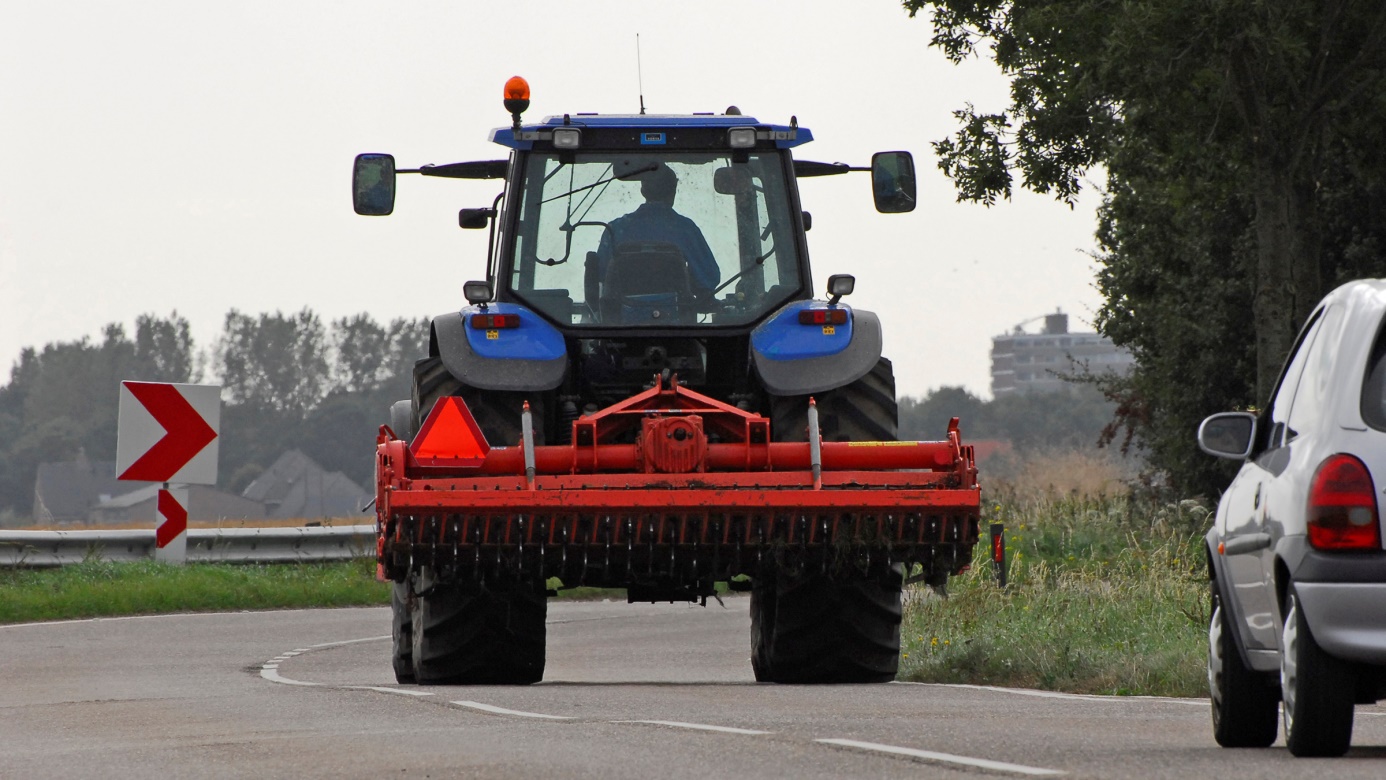 The driver of a tractor needs a driving license G.
The driver of a tractor needs a driving license G.
Equestrianism commonly known as horse riding or horseback riding includes the disciplines of riding, driving, or vaulting with horses. This broad description includes the use of horses for practical working purposes, transportation, recreational activities, artistic or cultural exercises, and competitive sport.
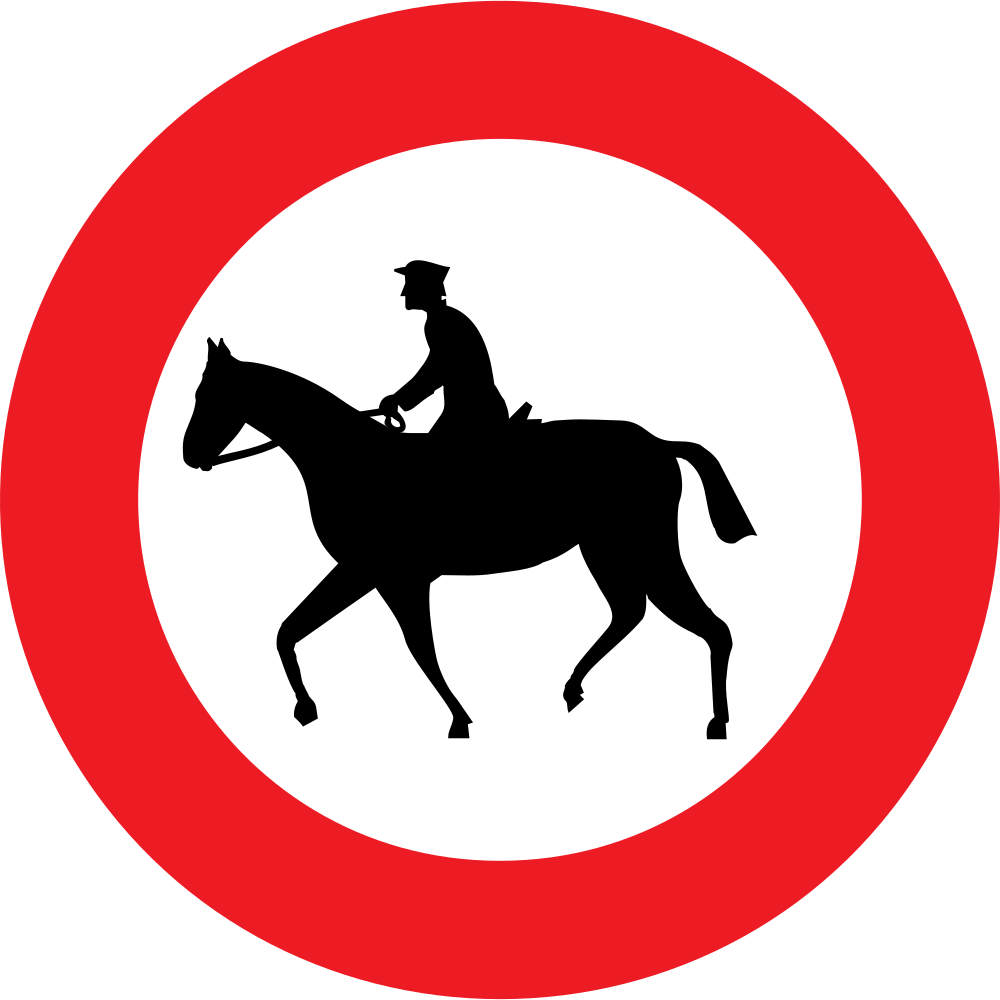 Equestrians prohibited.
Equestrians prohibited.

A trailer is an unpowered vehicle towed by a powered vehicle. It is commonly used for the transport of goods and materials. Sometimes recreational vehicles, travel trailers, or mobile homes with limited living facilities where people can camp or stay have been referred to as trailers.

